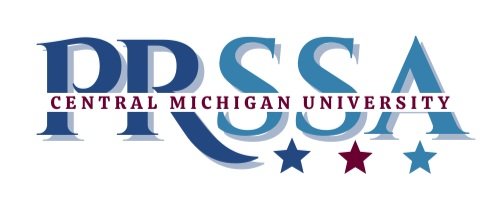By: Elizabeth Jones
Standing out during an interview in a competitive job market can be tough. Having a professional portfolio can help make a memorable impression. A portfolio is a compilation of your greatest achievements. Specifically, it’s a collection of your academic accomplishments, skill sets and certifications that show your potential as an employee.
When creating your portfolio, it’s important to include the necessary information that applies to the job you are pursuing. So what goes in a portfolio?
1. Statement of confidentiality
This should be the first page of your portfolio that claims a ownership by the creator to help eliminate any duplications.
2. Resume
A resume gives your viewer a short summary of your experience, skills and awards cultivated over the years.
3. Skill sets
Skill sets are the heart of your portfolio. It’s where you provide the best examples of work that you have completed. It shows you have prior experience and are prepared for what’s expected in your career. Include sections of work that reflect each of your skill sets, such as writing, graphic design and research.
4. Extra-Curricular Activities
A great way to market yourself is to include any professional memberships, certifications, organizations and volunteer experience you have. This shows that you are a determined worker and willing to put effort towards your professional development.
5. Letters of Recommendation
This is an important part to include because it provides insight on who you are as an individual and expands on your reliability and work ethic.
6. Transcripts
Often times, people will include their transcripts to show some of the courses they have taken and to highlight their GPA.
Design
When designing your portfolio, the goal is to make it visually appealing and easy to follow. Make it look organized and professionally formatted by including a table of contents and separators that label each category. This will help guide the reader to specific materials within the portfolio.
When deciding between an online portfolio or hard copy, there are many strengths to both. Depending on where you are applying, it’s important to make a knowledgeable decision about which type of portfolio will best highlight your skills when displaying your work.
Benefits for an online portfolio include:
It’s simple to update .
Your portfolio should always be up to date. Adding new material and rearranging sections can be a hassle with a hard copy portfolio. Having everything online simplifies the process.
You are able to include video clips, animation, sound clips, etc.
If you are applying to a job that seeks multimedia skills, an online portfolio lets you include the criteria that shows these specific skills.
Benefits for a hard copy portfolio:
It creates a meaningful connection.
Having a hard copy portfolio gives your reader a physical object to hold, which can create a stronger connection and eliminate distractions.
You won’t come empty handed.
When arriving to an interview and having a portfolio visibly available shows a sense of professionalism and preparation.
Having a portfolio is an important tool for proving you’re an advanced candidate for the job. It can help during networking, interviews, jobs and anytime you need to make an impression. Follow these guides when creating your professional portfolio to stand out from other candidates.

